rake60
Well-Known Member
- Joined
- Jul 8, 2007
- Messages
- 4,756
- Reaction score
- 126
I managed to break my Mitutoyo bevel protractor.
No shame to the tool, I bought it used in 1983.
All I used it for these days is setting proper angles on chamfer tools in the production
lathes at work and checking angles when grinding new tooling. That doesn't really justify
spending almost $300 on a new Mitutoyo tool.
So, I ordered a $42 import knock off from Shars this morning, This One to be exact.
When it arrives I will check it with my precision 45 degree gage and the comparator
to see how accurate it really is.
Review to follow.
Rick
No shame to the tool, I bought it used in 1983.
All I used it for these days is setting proper angles on chamfer tools in the production
lathes at work and checking angles when grinding new tooling. That doesn't really justify
spending almost $300 on a new Mitutoyo tool.
So, I ordered a $42 import knock off from Shars this morning, This One to be exact.
When it arrives I will check it with my precision 45 degree gage and the comparator
to see how accurate it really is.
Review to follow.
Rick





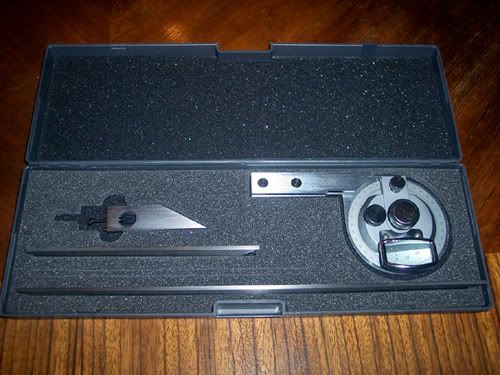
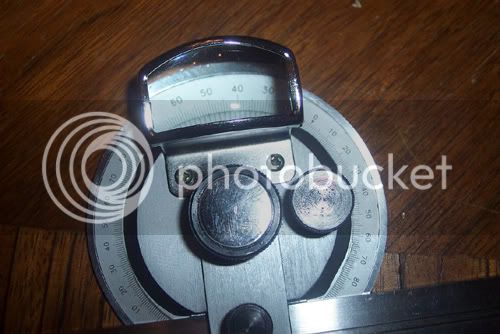
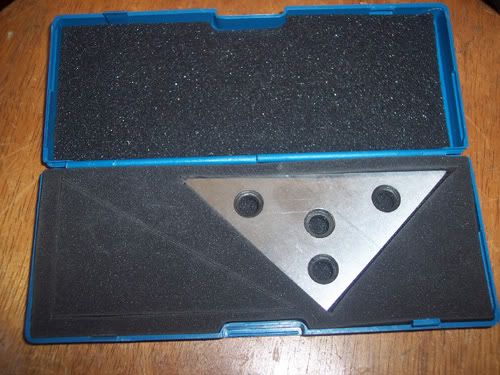
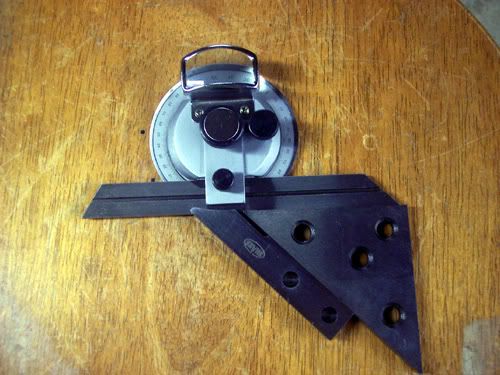
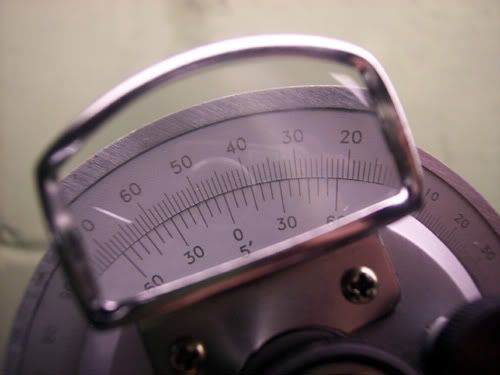













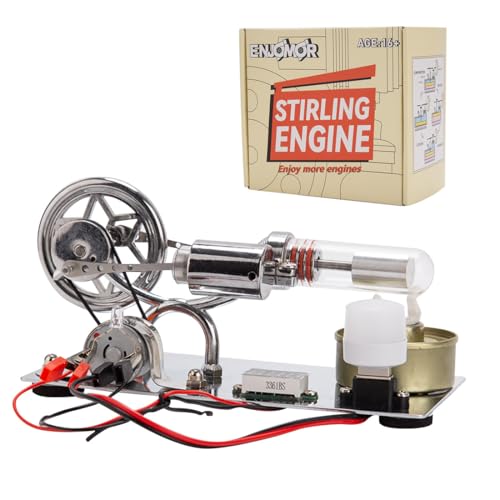














![DreamPlan Home Design and Landscaping Software Free for Windows [PC Download]](https://m.media-amazon.com/images/I/51kvZH2dVLL._SL500_.jpg)














